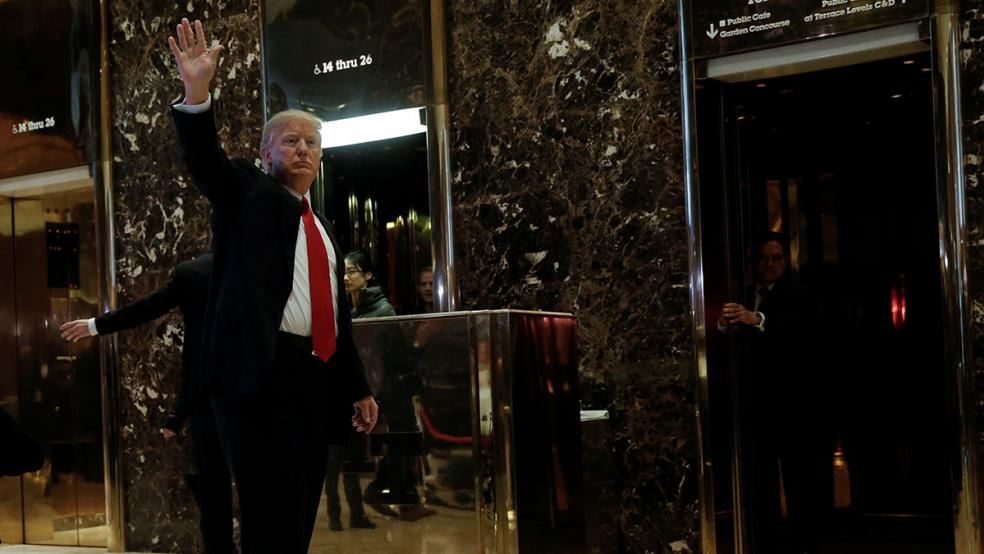The post-election lull on Wall Street looks set to end.
After all the excitement of October and November — FBI headlines, President-elect Trump's surprise win and the historic "Make America Great Again" market surge to new highs — stocks have gone exactly nowhere over the last five weeks. The Dow Jones Industrial Average remains unable to break above the 20,000 level despite much cheerleading in the financial press.
Investors and traders checked out, sitting on comfortable gains as volume dwindled around the long holiday weekends. But beneath the surface, like a kraken looming in the depths, volatility and unease is reappearing. It's best seen in the reversal underway in the U.S. dollar, which soared triumphantly in the wake of Trump's victory.
Related: Blind Trust in Donald Trump Could Be Costly
The dollar's rise was one of the lynchpins of the post-election rise, fueling the weakness in emerging market stocks and currencies (on trade war and border tax fears) and building intense demand for U.S. equities. The dollar’s rise helped crush safe haven assets like gold and Treasury bonds.
Over the last few weeks, trend reversals have been seen in precious metals and bonds. Gold has climbed for three consecutive weeks to top the $1,200-an-ounce level for the first time since November. Treasury bonds as represented by the iShares 20+ Year Treasury Bond (TLT) have also hit multi-week highs as the 10-year Treasury yield has fallen from 2.6 percent to 2.4 percent.
Suddenly, there is an interest in safety again.
Now, it's the dollar's turn: On Friday, the greenback closed below its 50-day moving average for the first time since September. That drop continued on Tuesday after Trump told The Wall Street Journal that the dollar is “too strong.”
There are other reasons to questions the recent surge, too, including the fact that Trump's fiscal stimulus plans — a big driver of market optimism for 2017 — must pass through the budget hawks in Congress. Even if his tax cuts and infrastructure investments become law, Wall Street now increasingly views any lift to GDP growth as a 2018 story.
Related: 5 Reasons Oil Prices Could Fall in 2017
Let's not forget that the Federal Reserve — which Trump criticized as being overtly political in holding interest rates down during President Obama's term — has turned hawkish. After raising interest rates only twice in the last two years, the Fed has penciled in three quarter-point hikes for 2017. That will have a dampening effect on growth, stock valuations and bond market performance going forward.
History suggests that when the dollar weakens after a sustained uptrend, the losses tend to continue: Since the 1970s, according to SentimenTrader, a trend break of the type just witnessed results in an average decline of 2.1 percent for the dollar one month later.
Why would a weak dollar spur stock market selling? Because it would upend popular "carry trades" that have been established in the last two months, forcing hedge fund types to cover their positions. By many measures, these institutional traders are simply unprepared for any kind of pullback.
Related: 8 Changes Coming to Your Taxes in 2017
But with Trump just a few days away from his inauguration and the task of actually governing, with the fourth quarter earnings season underway and with the next Federal Resave policy meeting just weeks away, this run of market tranquility looks set to end if the moves on the dollar, gold, and bonds is any pattern to go by.
Anthony Mirhaydari is founder of the Edge and Edge Pro investment advisory newsletters. A two-week and four-week free trial offer has been extended to readers of The Fiscal Times.







